Salsa! Dance it or Eat it—Both Burn Calories
Dance it or eat it, but either way salsa boosts your mood, makes you hot and burns extra calories. Chile peppers in salsa contain chemicals that trigger heat sensations and cause your body to expend more energy–a metabolic effect called diet-induced thermogenesis (DIT). Embrace salsa as a quick condiment or ingredient to make sassier foods that give your body a metabolic boost for burning calories.
Fermented salsa made from my garden serrano chile peppers
Popular in the United States as a dip, in many dishes it’s the sauce, no surprise since salsa is the Spanish word for sauce. It typically relies on savory, umami-rich tomatoes as the base, but fruits add fresh, sweet flavors that complement many dishes.
Salsa ingredients can be grilled, raw, pureed, diced or pounded out in a molcajete. The only rule to making salsa? You must include chile peppers–not spelled chili (a meaty dish).
Salsa “Burn”–Blame the Vein
Contrary to popular myth, the spicy heat from chili peppers caused by capsaicinoids, is not concentrated in the seeds, but primarily in the inner fibrous veins, or the ribs of the peppers. Chemicals in capsaicinoids, like capsaicin, induce thermogenesis causing your body to expend more energy.
Diet-induced thermogenesis occurs when specific compounds in foods (capsaicin in chile peppers) or beverages (such catechins in green tea), help the cells convert energy into heat which burns calories. Depending on the mix of nutrients, such as carbohydrates, fats and protein consumed at meals, diet-stimulated energy expenditure can range from 5-15% of total energy expenditures for the day.
Consider making salsa a weekly part of your menu by stocking up on:
Serrano chile peppers from my desert garden
- Salsa base ingredients: Raw tomatoes, raw tomatillos or grilled, braised, roasted versions of either and canned fire-roasted tomatoes can be a nice option.
- Chile peppers: Serranos are my favorite choice because of the size and fruity profile they have compared to jalapenos which tend towards grassier, bitter notes. Serranos have more capsaicin (3-4 times more) than jalapenos and both come in red and green but serranos also are available in orange and yellow. Gauge the amount of chile peppers by taste, but also check out the Scoville levels as a guide.
- Aromatic or savory ingredients: Garlic, ginger, yellow onions, red onions, sweet onions, shallots, scallions, cilantro
- Sweet ingredients: Corn, pineapple, watermelon, mangos, apples, peach, strawberries, cherries, etc.
- Tangy ingredients: lime, grapefruit, lemon, vinegar, pickled veggies
Want to get some hot tips on handling chilies and creating fast, flavorful salsas? On my Facebook Live cooking show, I’ll demo how to make a quick canned salsa that doesn’t taste canned and a fruit salsa that is flexible for many different dishes.
Live Salsa Making on my Make Food First Cooking Show:

Where? @TheTasteWorkshop Facebook page
Want a beverage twist on chile peppers? Click here to get my cranberry citrus chili spritz in Food & Nutrition Magazine.
For more on how to spell Chile Peppers, Check out the Chile Pepper Institute N.W. University
For more info on Diet-Induced Thermogenesis: DIT & total energy expenditure estimates
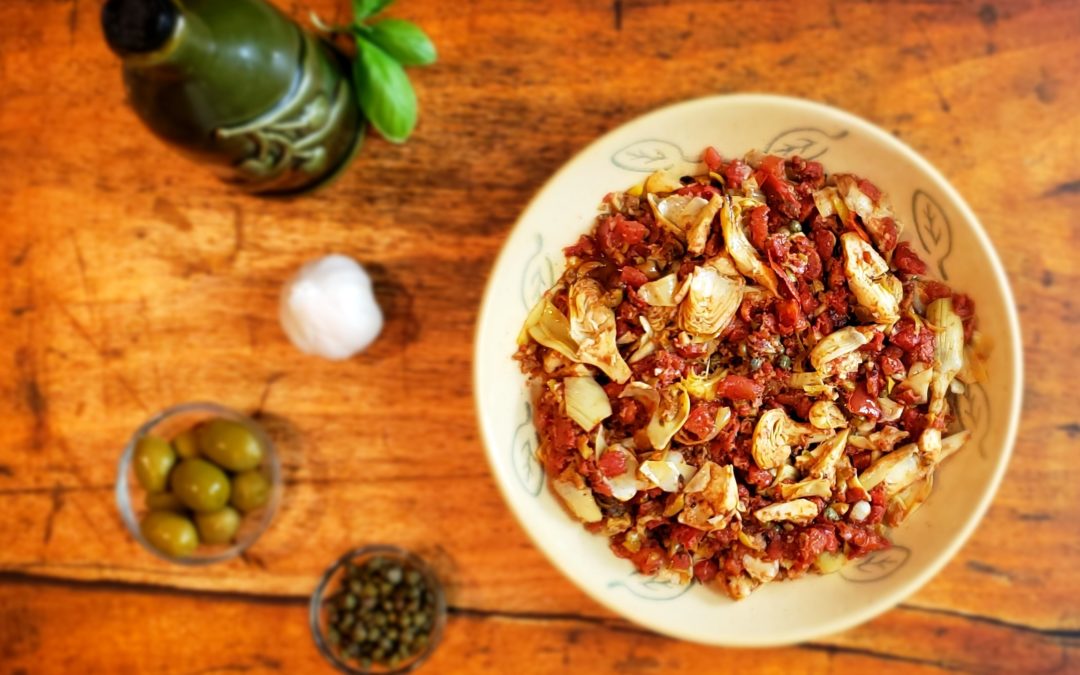
Artichoke Puttanesca–Forget its Saucy Reputation
Serves 6 as a complete meal with the pasta option A delicious mix of tangy, spicy and savory ingredients makes Puttanesca sauce (sugo alla puttanesca) a meal-time habit that can be made from your pantry. This popular Italian sauce commonly pairs with pasta but...
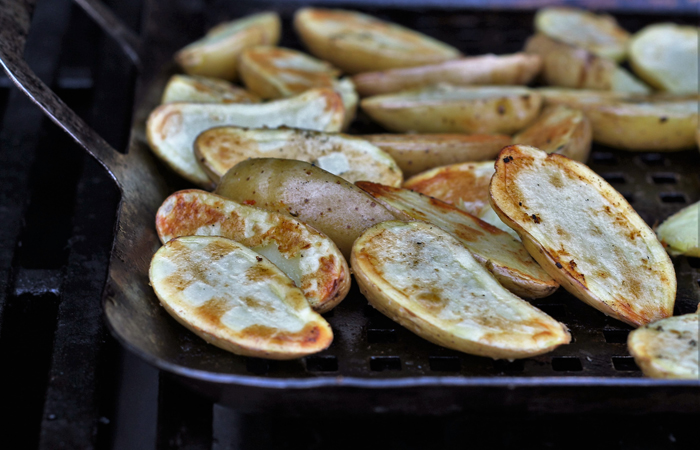
The Sweet and Meaty Taste Science of Grilled Vegetables
“Let’s grill tonight” translates to “let’s eat meat tonight” in many backyard BBQs. It’s not surprising since grilled meat products create hundreds of complex aroma and flavor compounds. Grilled vegetables create less of these craveable compounds but develop delicious...
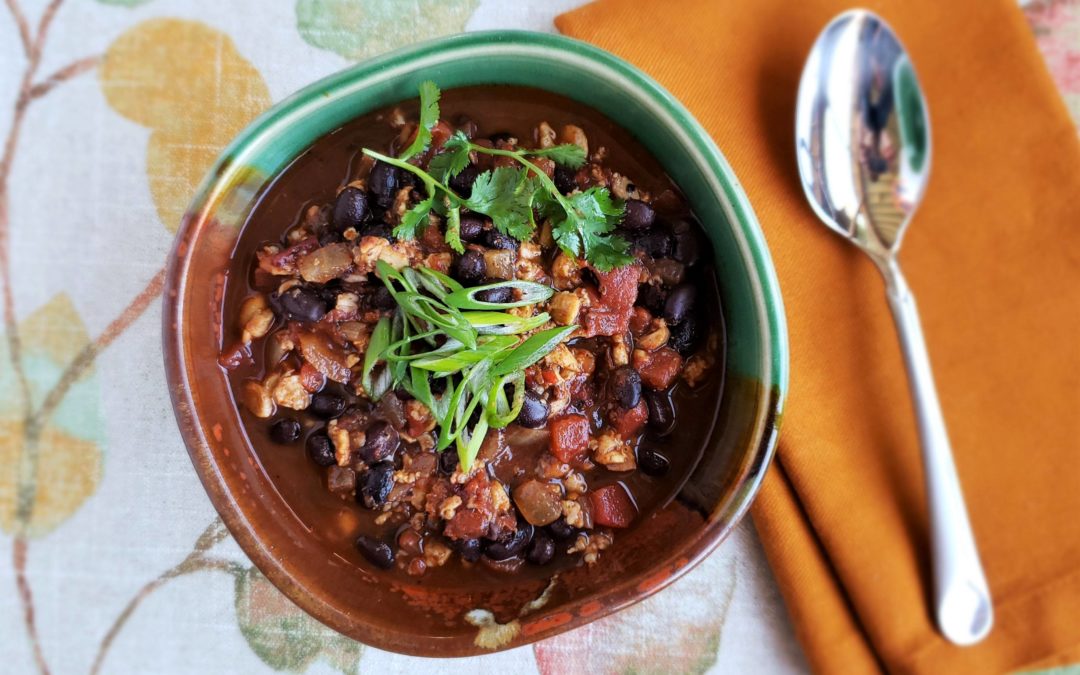
Chipotle and Black Bean Tempeh Chili
Making chili should be an easy, homemade treat, but chili competitions and throwdowns can make it feel like it should be Instagram-ble or complex. Typically meat is central to chili, yet this tempeh chili is a contest contender for a comforting, satisfying homecooked...

Michele Redmond
French-trained Chef, Registered Dietitian Nutritionist & Food Enjoyment Activist
It's about Making Food First
Get Eat Well Academy periodic updates on easy ways to choose and cook foods that satisfy your appetite, nurture your body and make eating well a pleasure.



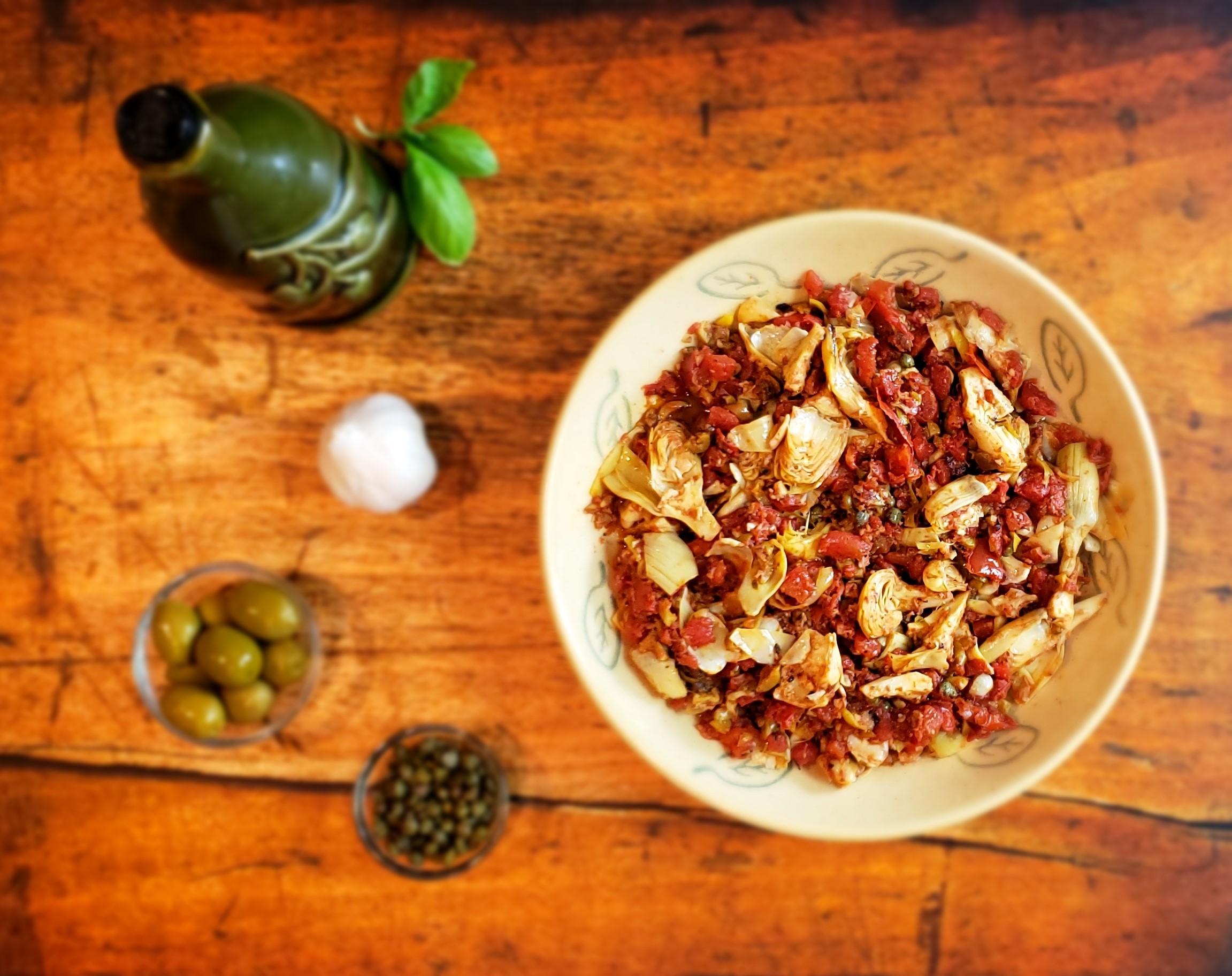
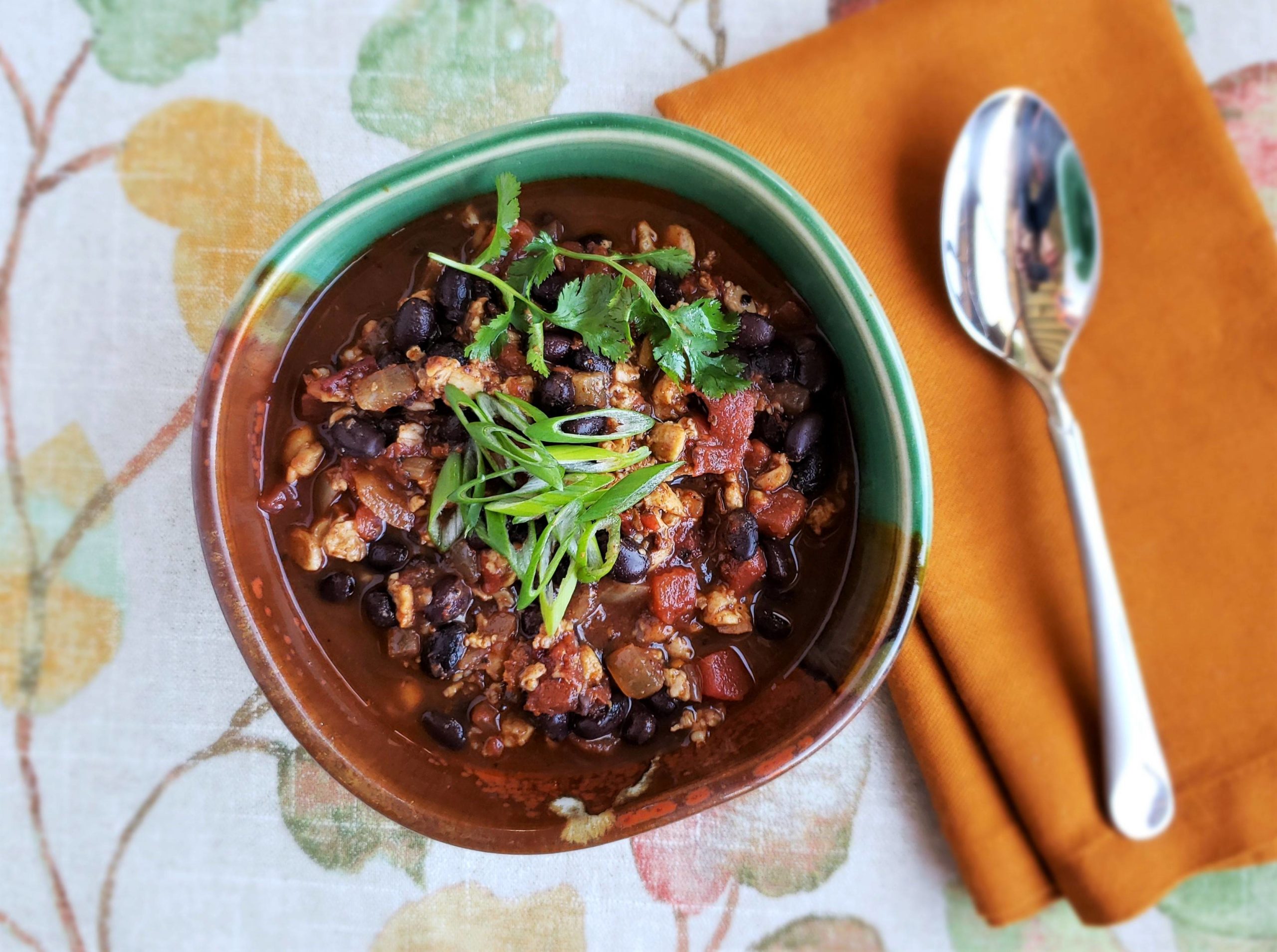
 The pleasure of food, good health and well-being through simple habits for eating well and flexitarian low-key cooking.
The pleasure of food, good health and well-being through simple habits for eating well and flexitarian low-key cooking.